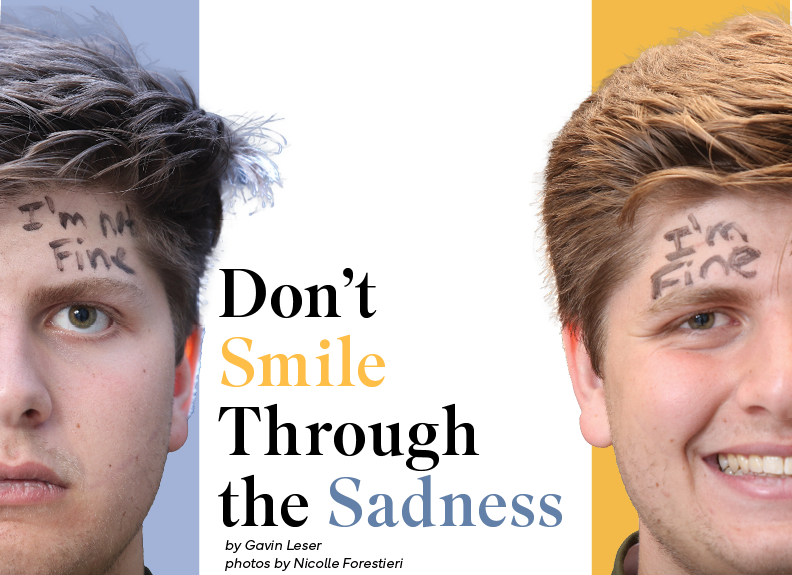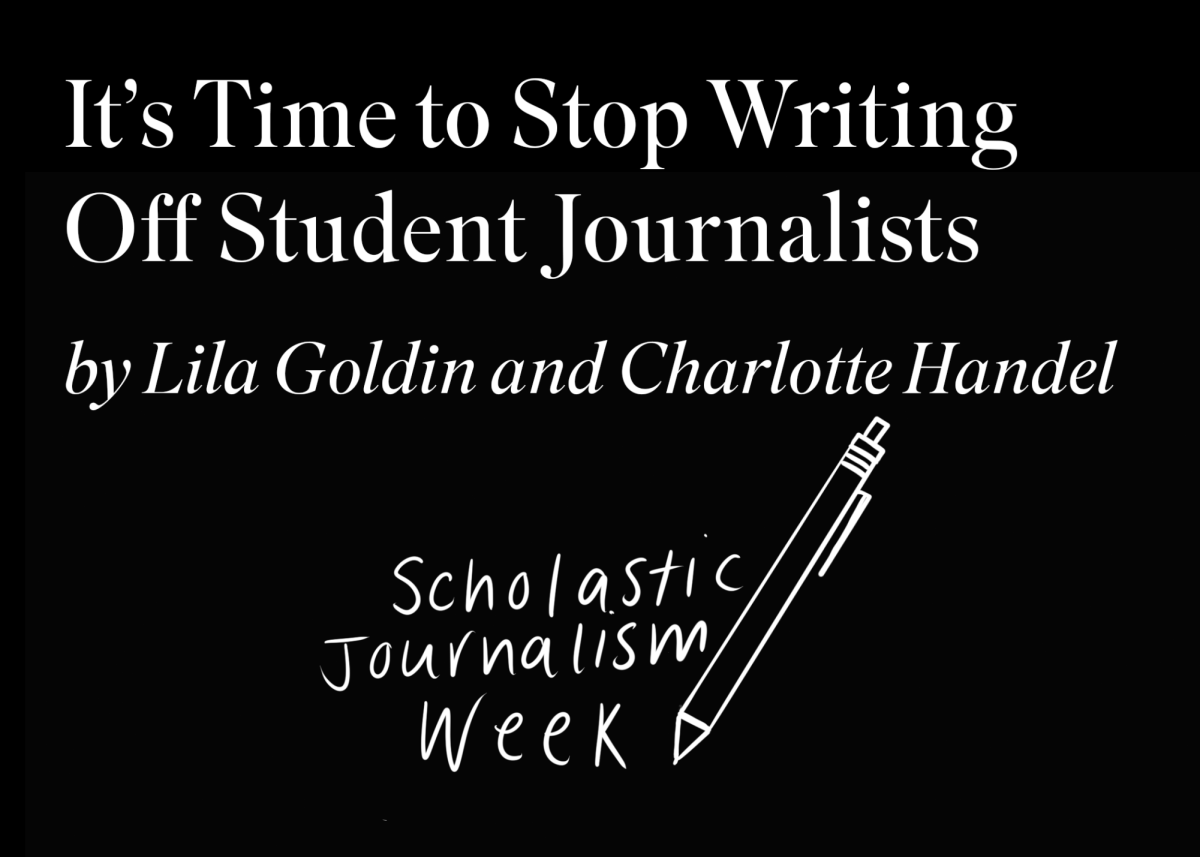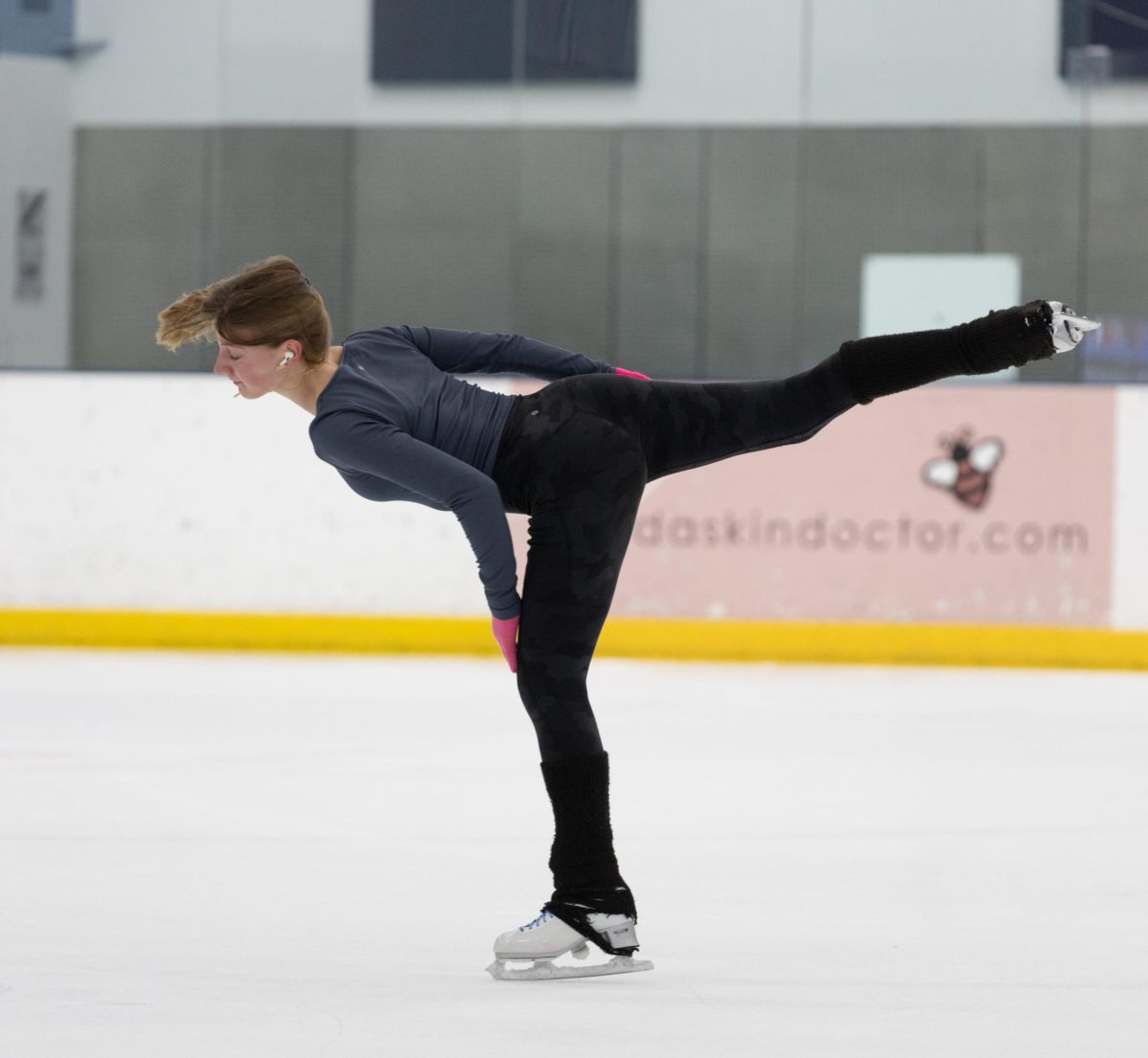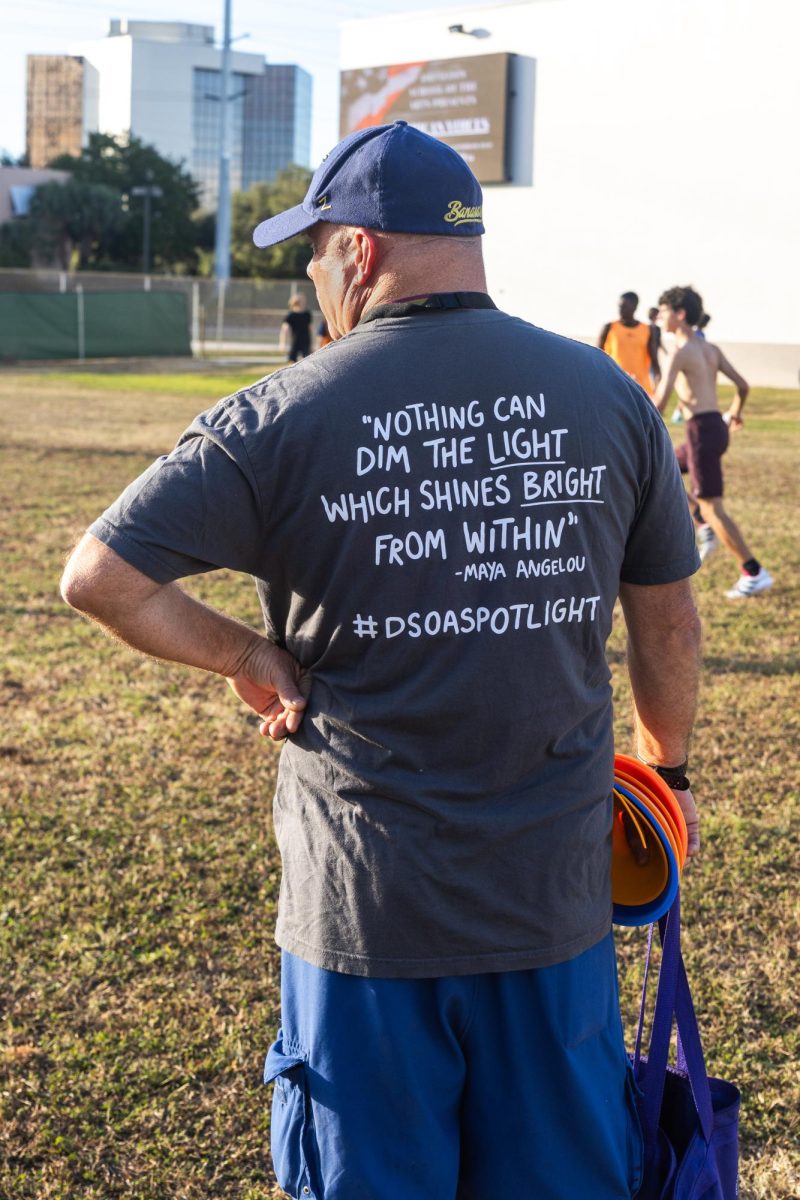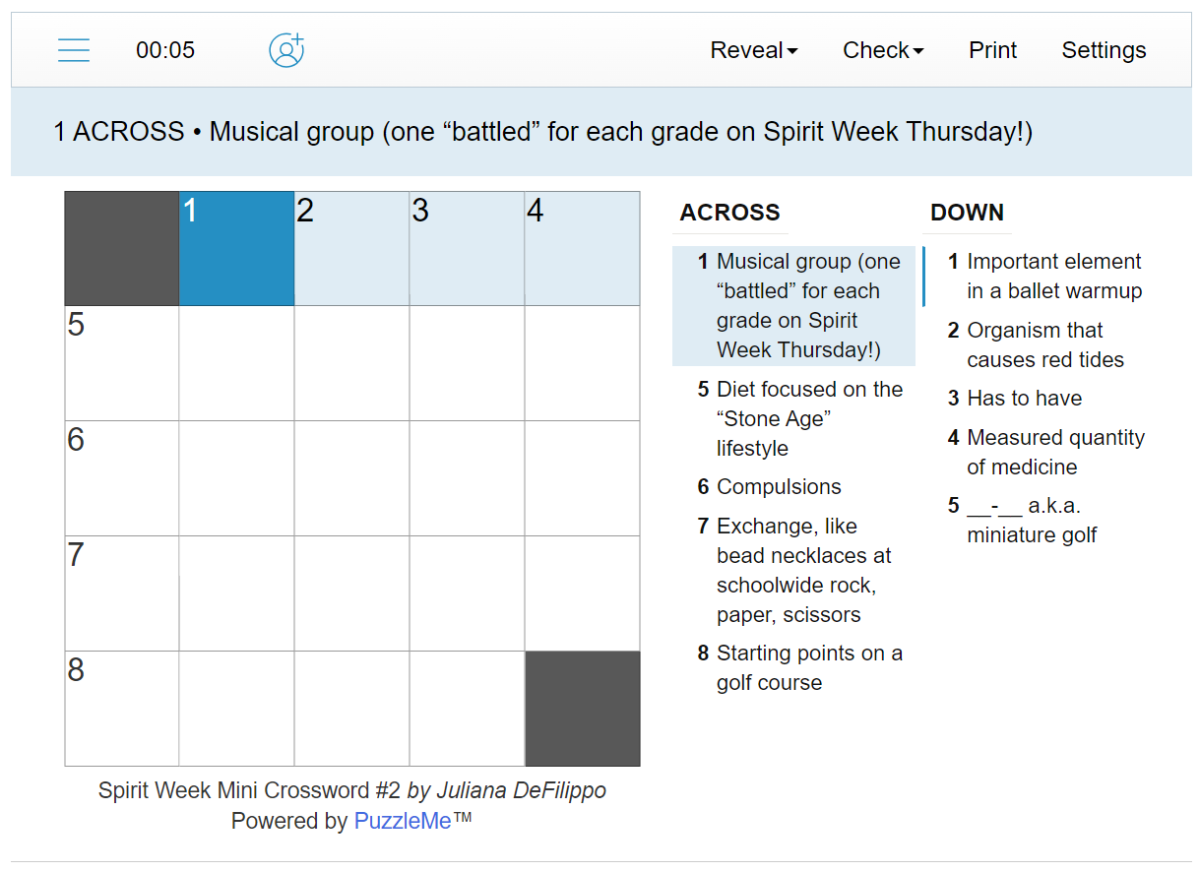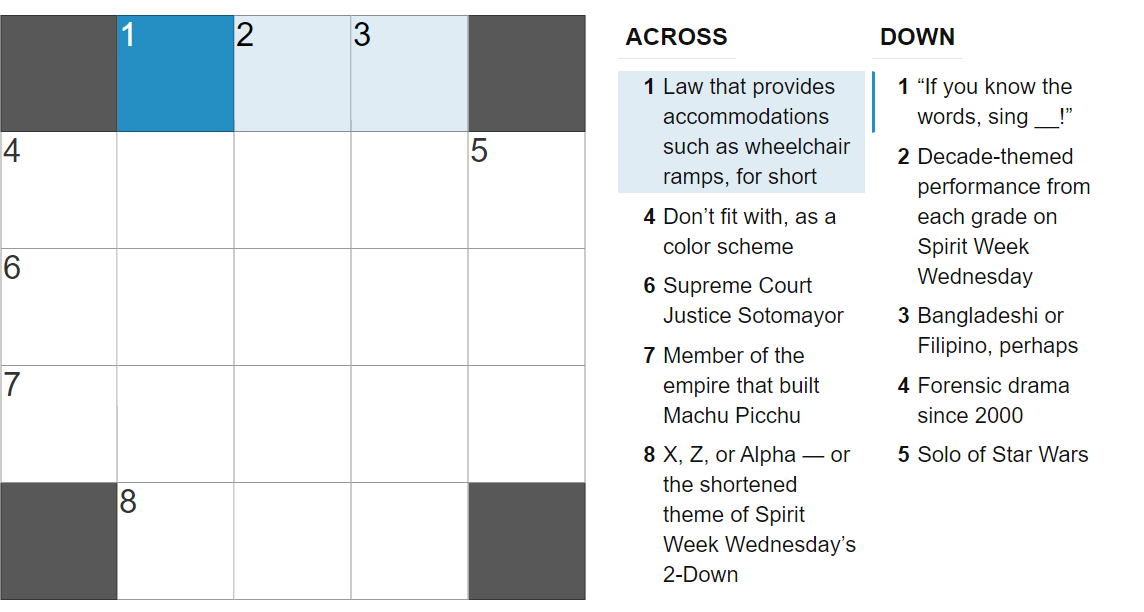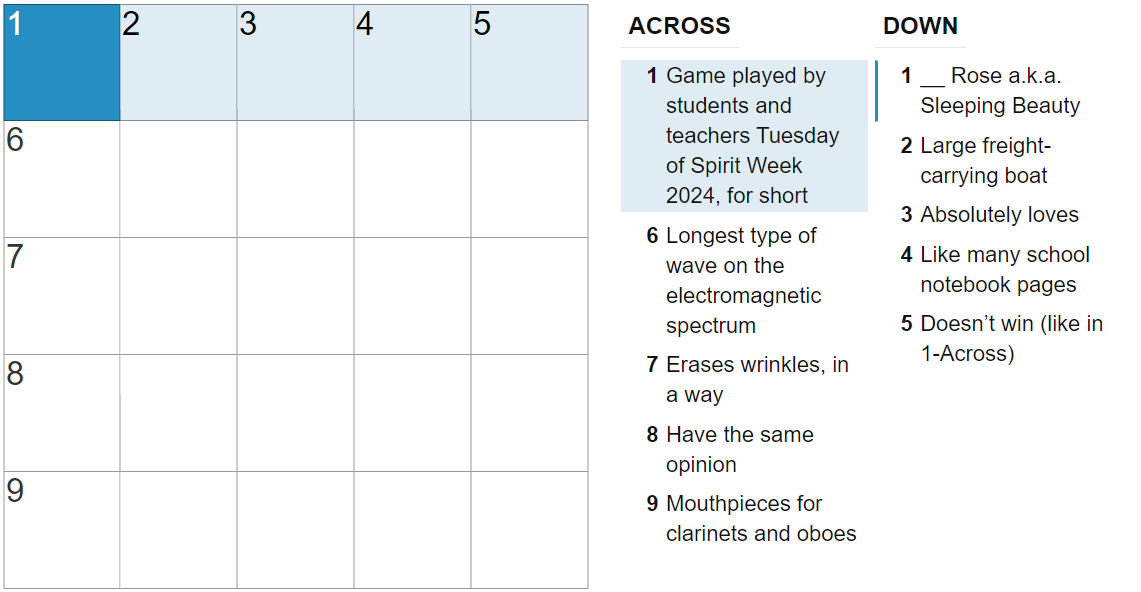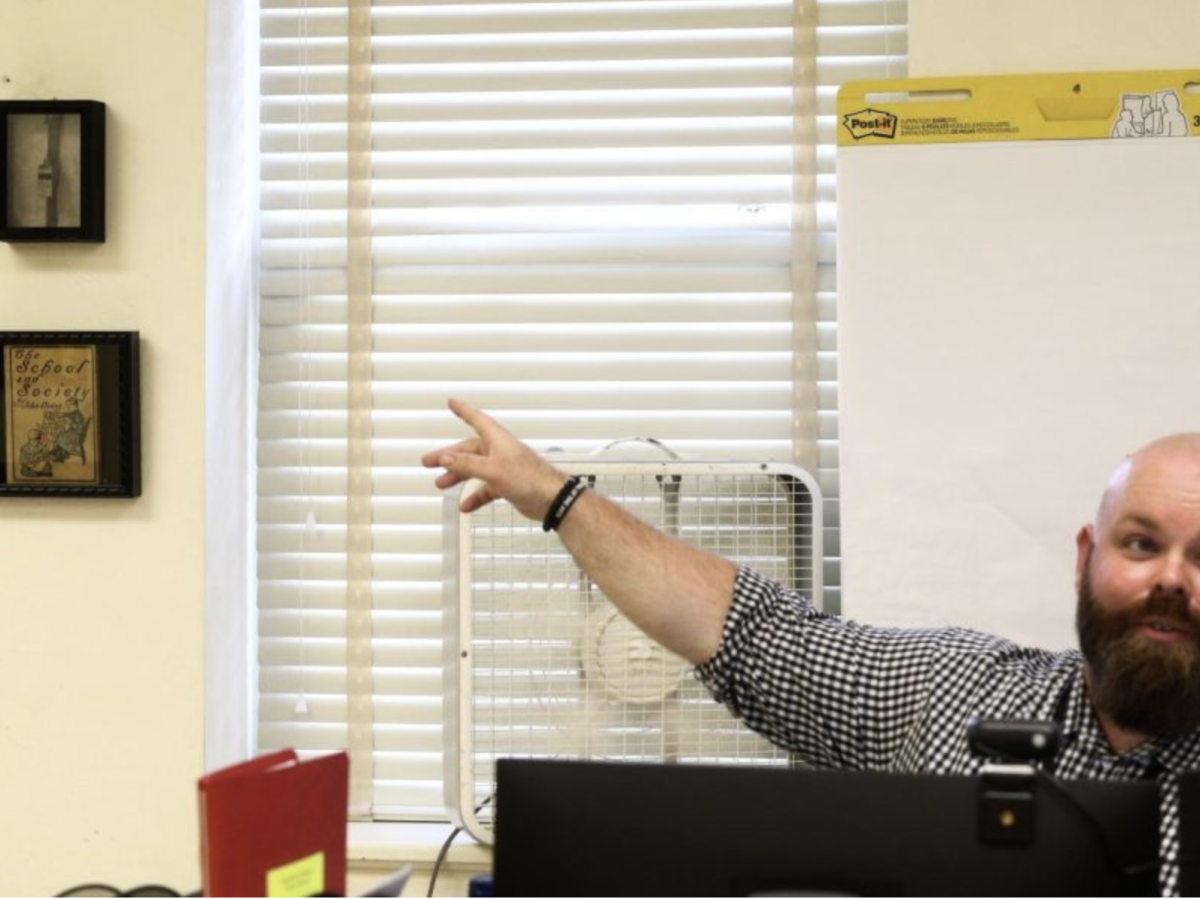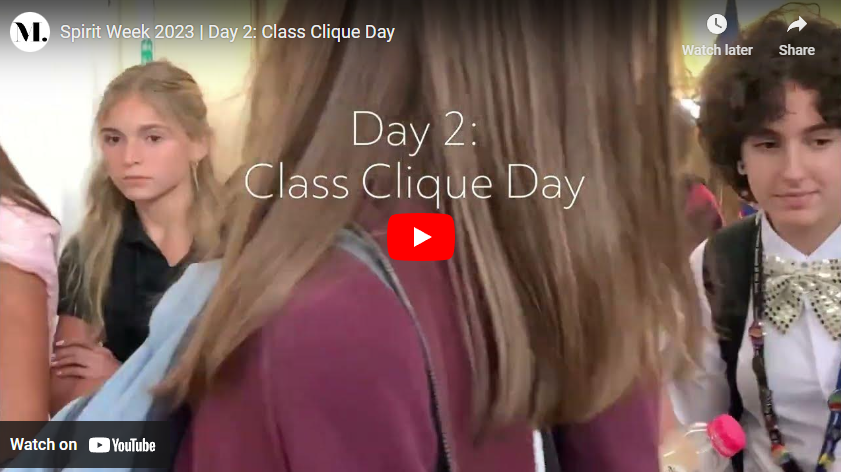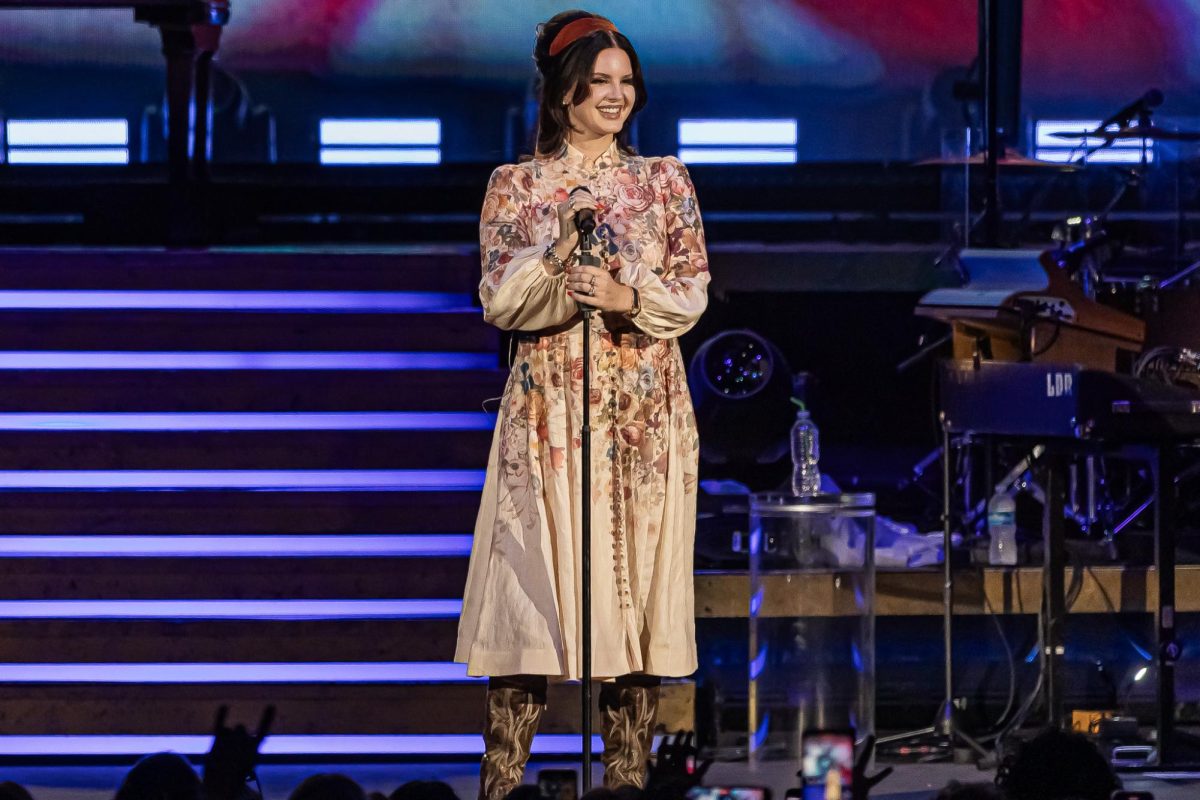You don’t need to know the difference between an IndyCar and a Formula 1 machine to appreciate Ron Howard’s instant motorsports classic “Rush.” Howard’s film is more than just cars going around in circles; it is a character study of two of Formula 1’s most memorable personalities. Featuring Chris Hemsworth (best known as the eponymous “Thor”) as English playboy James Hunt and Daniel Brühl (from “Inglorious Basterds”) as the Austrian racer Niki Lauda, “Rush” delivers a potent combination of adrenaline and drama.
“Rush” is set in the 1970s, a period in Formula 1 that was as dangerous as it was glamorous. The film follows the intertwining careers of two of the sport’s legends as they compete for championship glory. James Hunt is the sport’s swaggering wild child, as talented on track as in bed. The womanizing racer abuses drugs and alcohol, but is very quick and full of charisma. Hunt’s opposite and rival is the reigning champion, Niki Lauda, a methodical and crafty racer who leads a considerably quieter life than his rival. Dubbed “The Rat” for his buckteeth, Lauda is clever like his rodent namesake and a genius at preparing his car for races.
The Hunt-Lauda rivalry intensifies in 1976 after the Briton signs for the McLaren team. With a car finally quick enough to challenge reigning champ Lauda in the Ferrari, an exciting championship battle develops. Things take a drastic turn, however, at the Nürburgring circuit after Lauda is caught in a fiery accident. With his championship lead in danger, the season escalates to a nail-biting finish at a deluged Fuji Speedway.
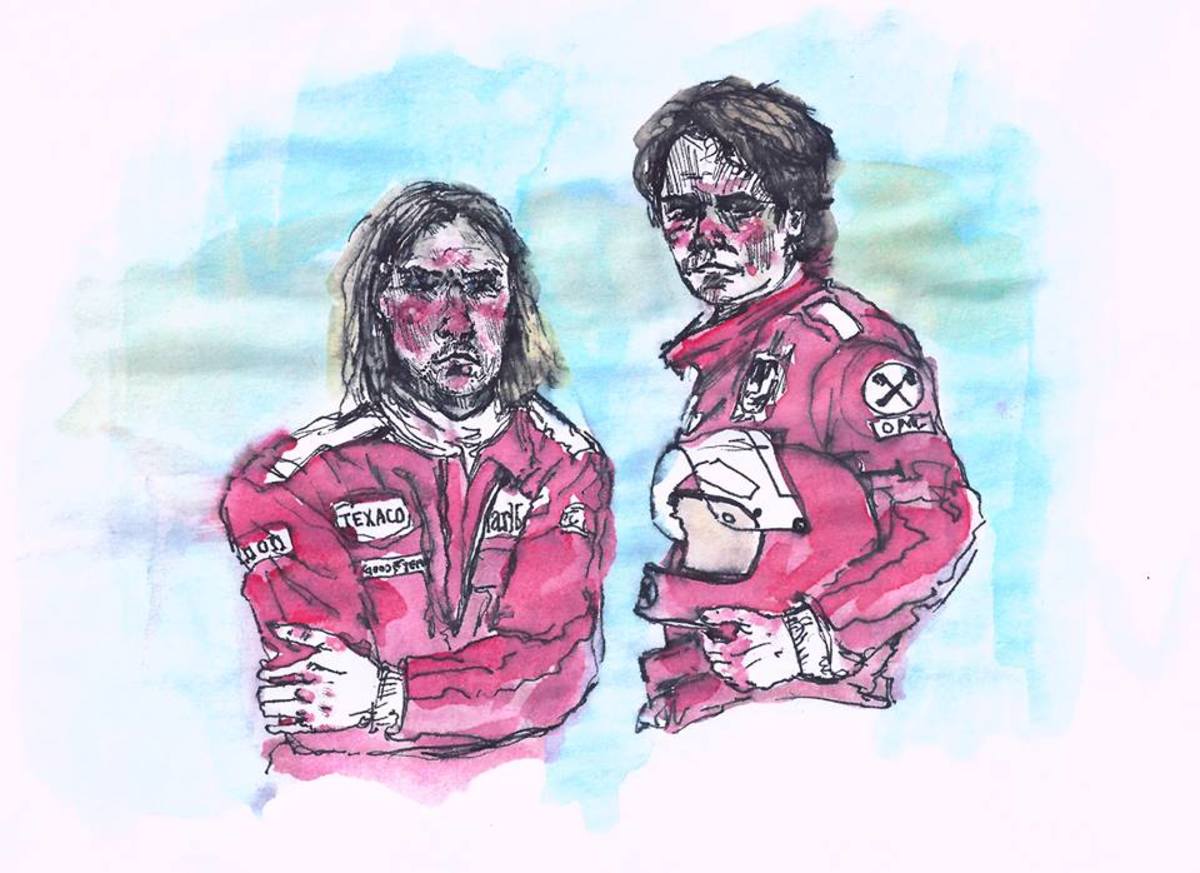
The movie succeeds in its attention to detail. From the makeup to the costume design, the film captures the era of gnarly sideburns, tight miniskirts and unbridled speed. Howard weaves exciting racing sequences in the story, narrating grands prix with the symphonic sounds of V8 engines and another solid Hans Zimmer score.
“Rush” transcends sports movie clichés with its emotional side. Fans and Formula 1 gentiles alike will revel in Brühl’s masterful depiction of Lauda. When the actual Lauda narrates the piece’s epilogue, his voice is indistinguishable from Brühl’s. Brühl goes further, managing to match Lauda’s mannerisms and plain-speaking. By comparison, Hemsworth brings the boisterous spirit and golden locks of his usual role as a Norse god to his interpretation of Hunt, but falls short of Hunt’s enormous charisma.
Still, Hemsworth’s performance is among his better ones. Because “Rush” is a character-driven piece, the superb acting from the protagonists as well as the supporting cast makes the film engaging. “Rush” also benefits from screenwriter Peter Morgan’s decision to keep Lauda and Hunt as rival protagonists, rather than casting one as a villain. The conventional protagonist-antagonist structure wouldn’t work as well as Morgan’s approach, which reveals the characters’ flaws and strengths as well as their dynamic relationships. By the time the cars line up the thrilling Fuji finale, the audience has reasons to root for both Hunt and Lauda.
Despite its widespread praise (including a thumbs-up from Lauda himself), the film is not without its own flaws. There are discrepancies in the story presented and the account given by the actual Lauda in the epilogue. For ostensible Hollywood purposes, the bitterness in the Hunt-Lauda rivalry was overdramatized. Also, when Lauda mentions that Hunt died of a heart attack at 45, he hints at a darker story that could have been incorporated in the film. What the story lacks in accuracies or script, however, it makes up in its excitement, both on and off the track.
“Rush” is one of the greatest motorsport films ever made, in a league with the classic “Le Mans.” Howard and Morgan have done an admirable job combining the excitement of racing with larger-than-life personalities. Hemsworth and Brühl manage to make the characters equally entertaining off the tarmac, and the story has something in it for everyone, be it overzealous Italian fans, suspenseful open-wheel racing or Hemsworth’s six-pack.



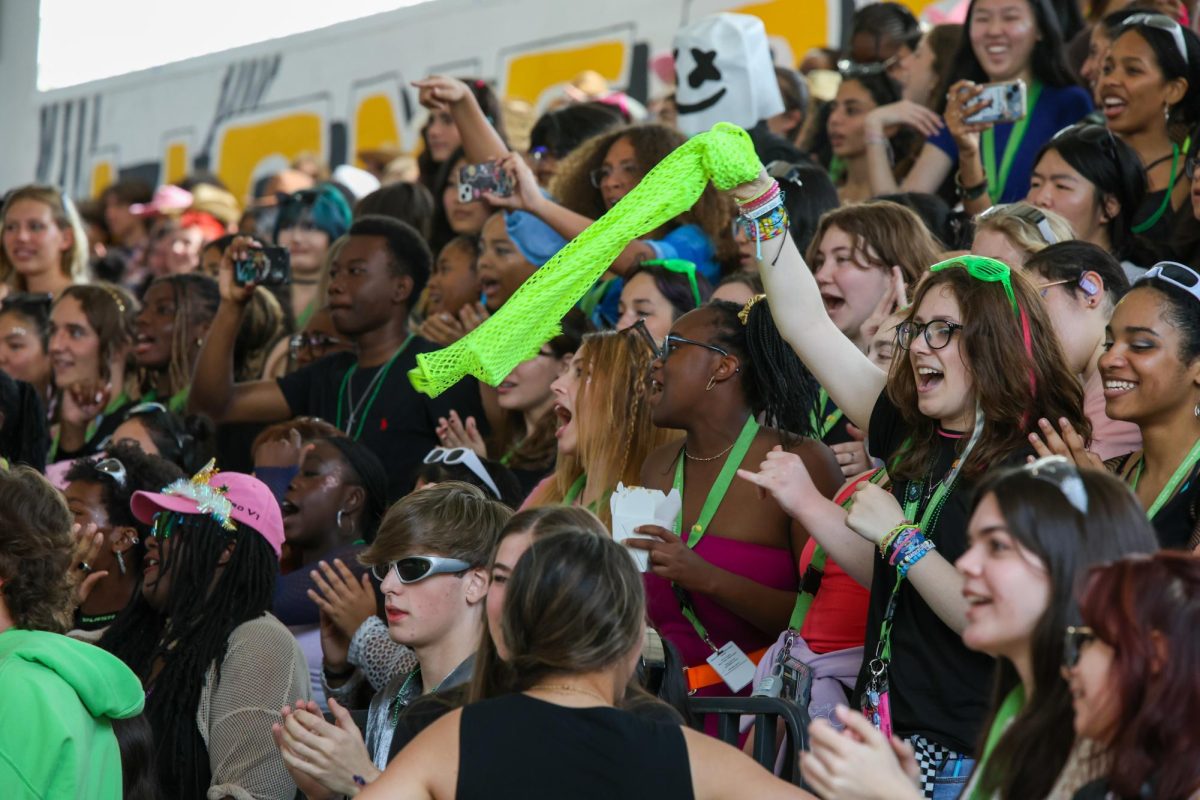


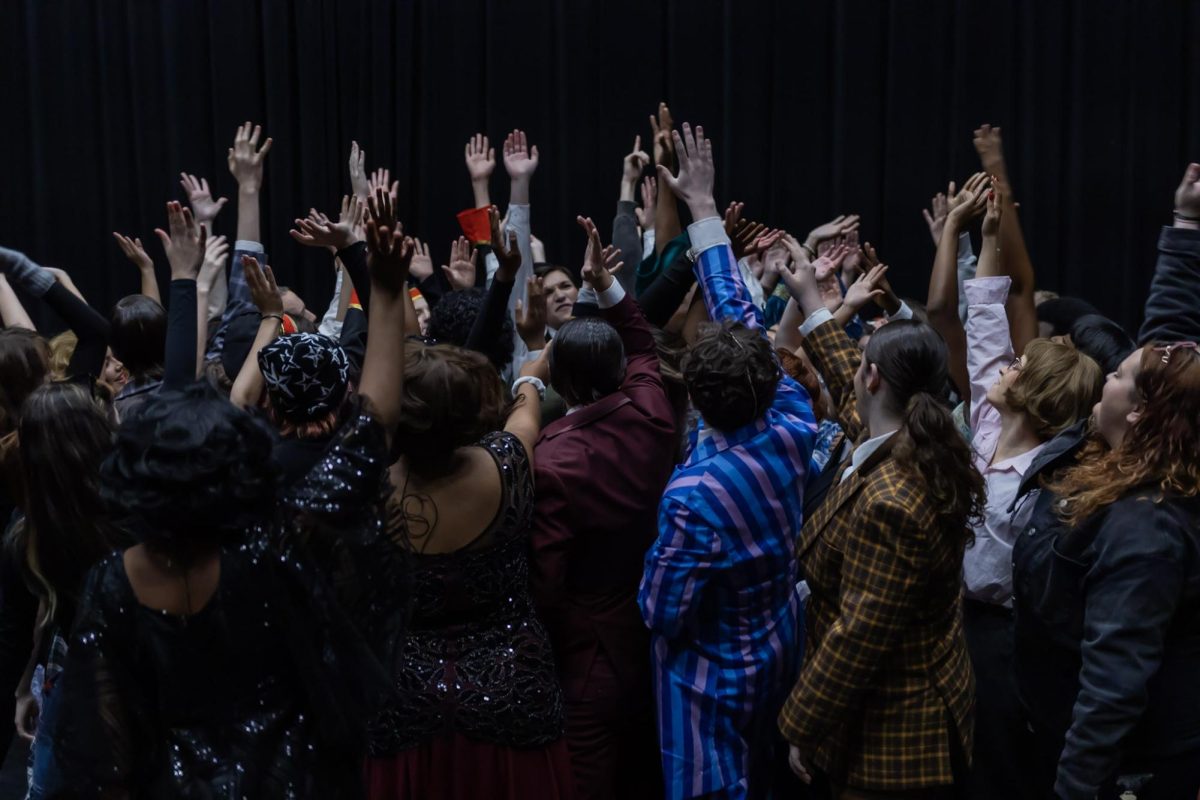
![[BRIEF] Fire Alarm Interrupts Class](https://www.themuseatdreyfoos.com/wp-content/uploads/2023/10/breaking-news-1200x927.png)

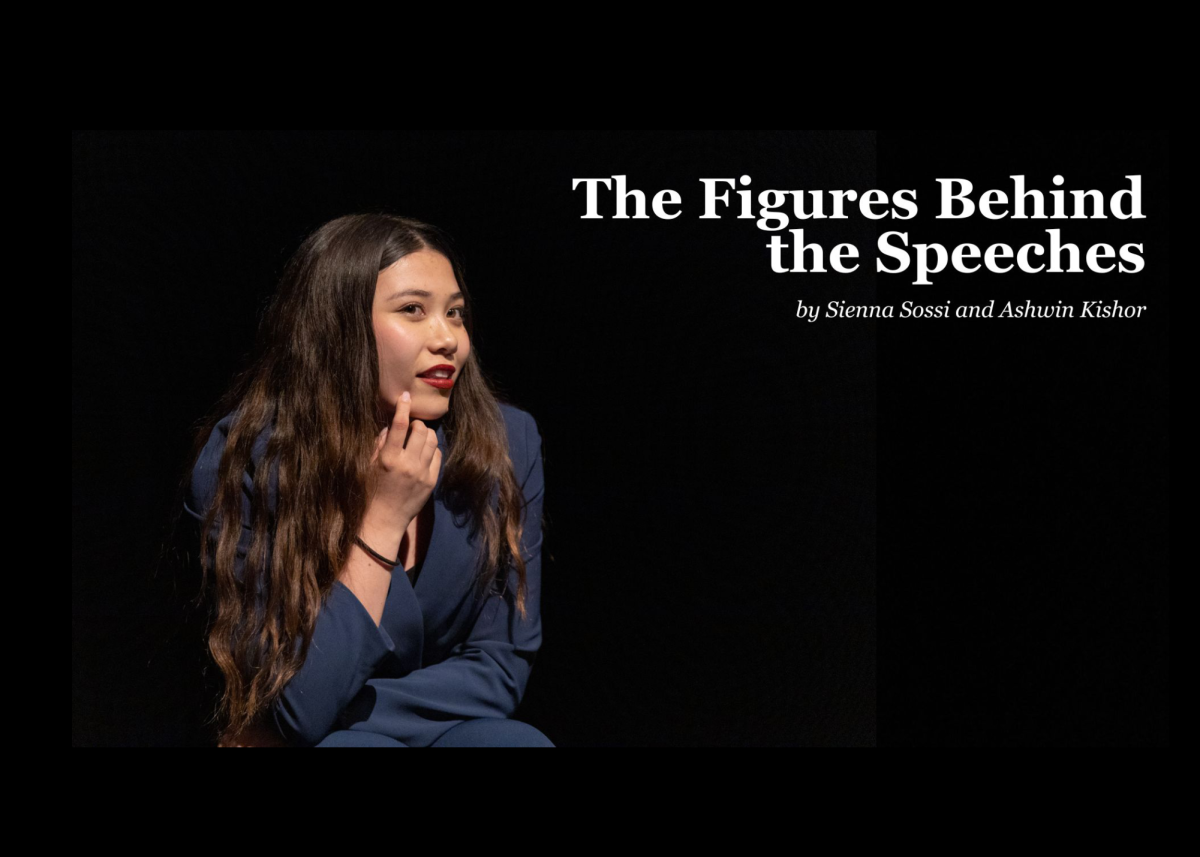
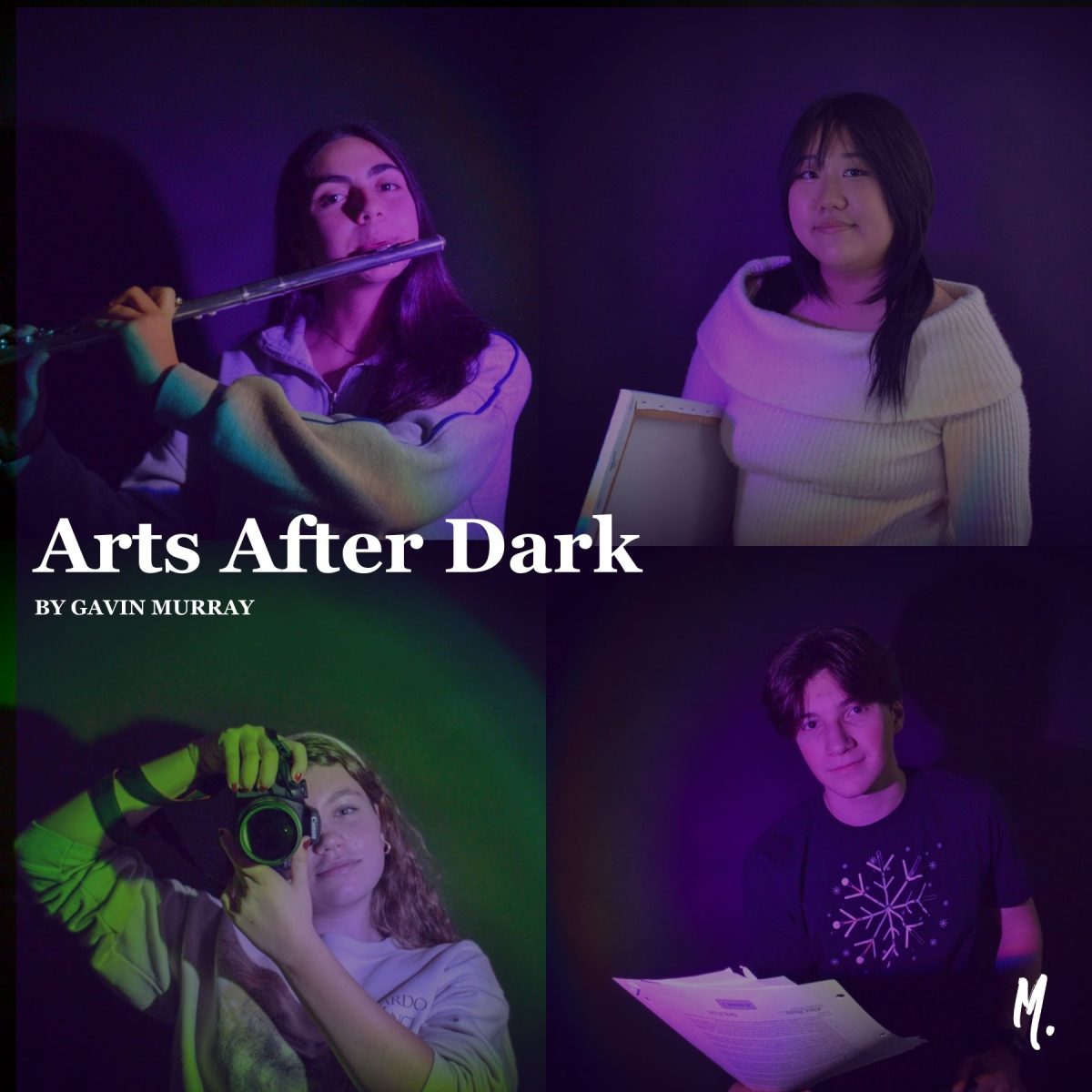


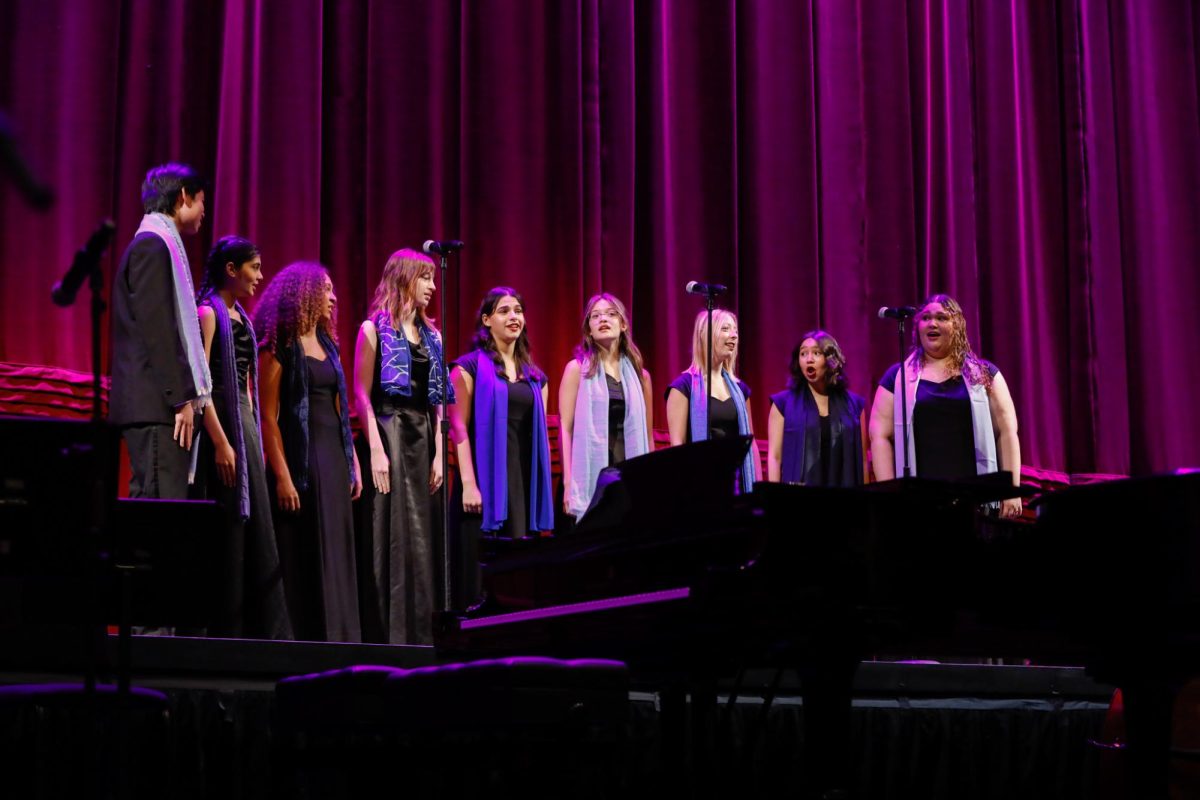
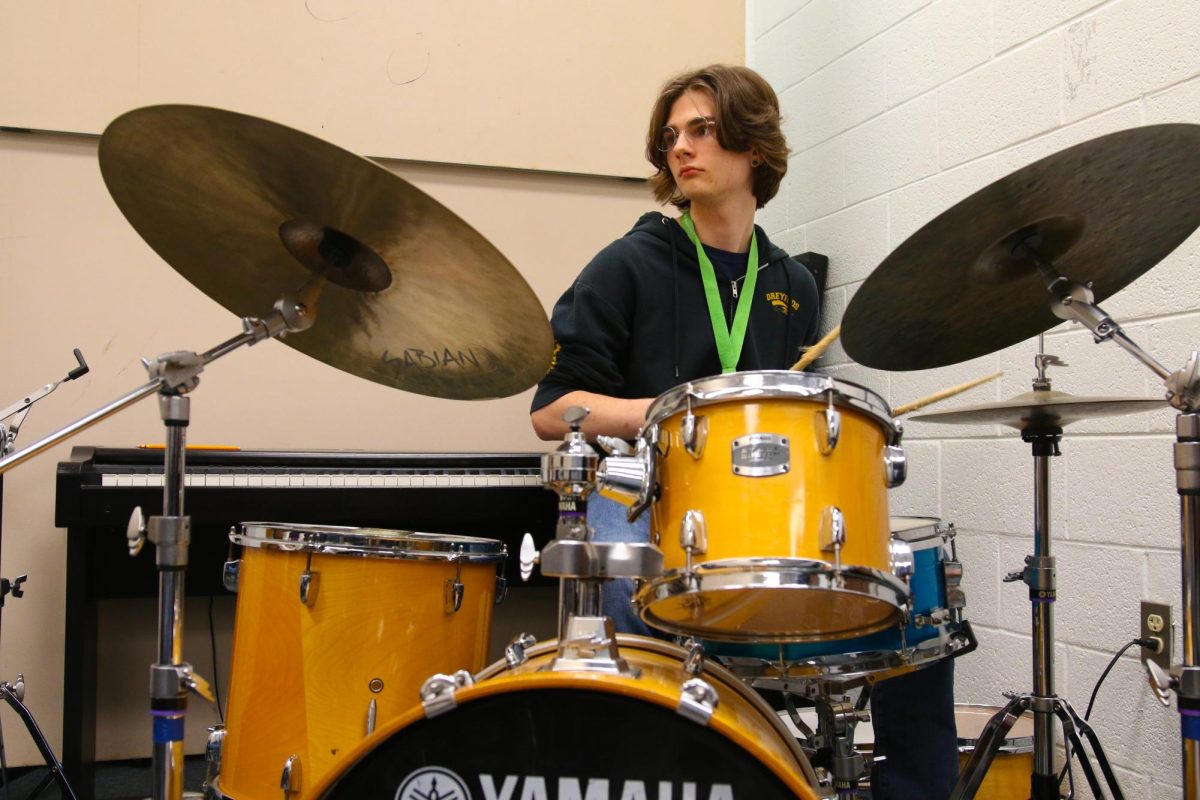

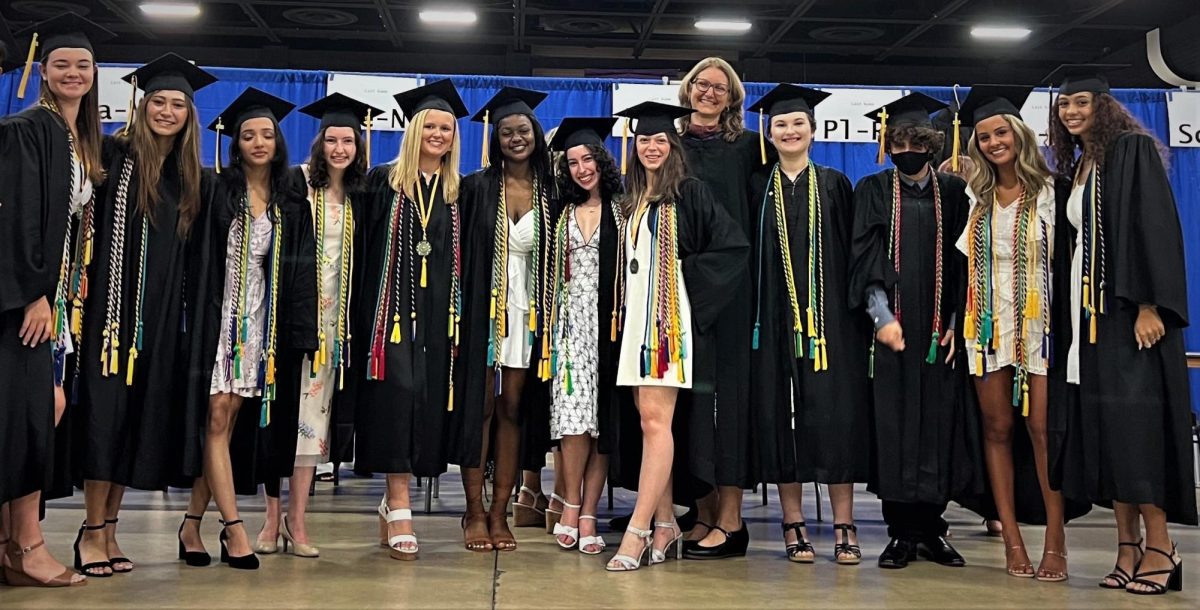


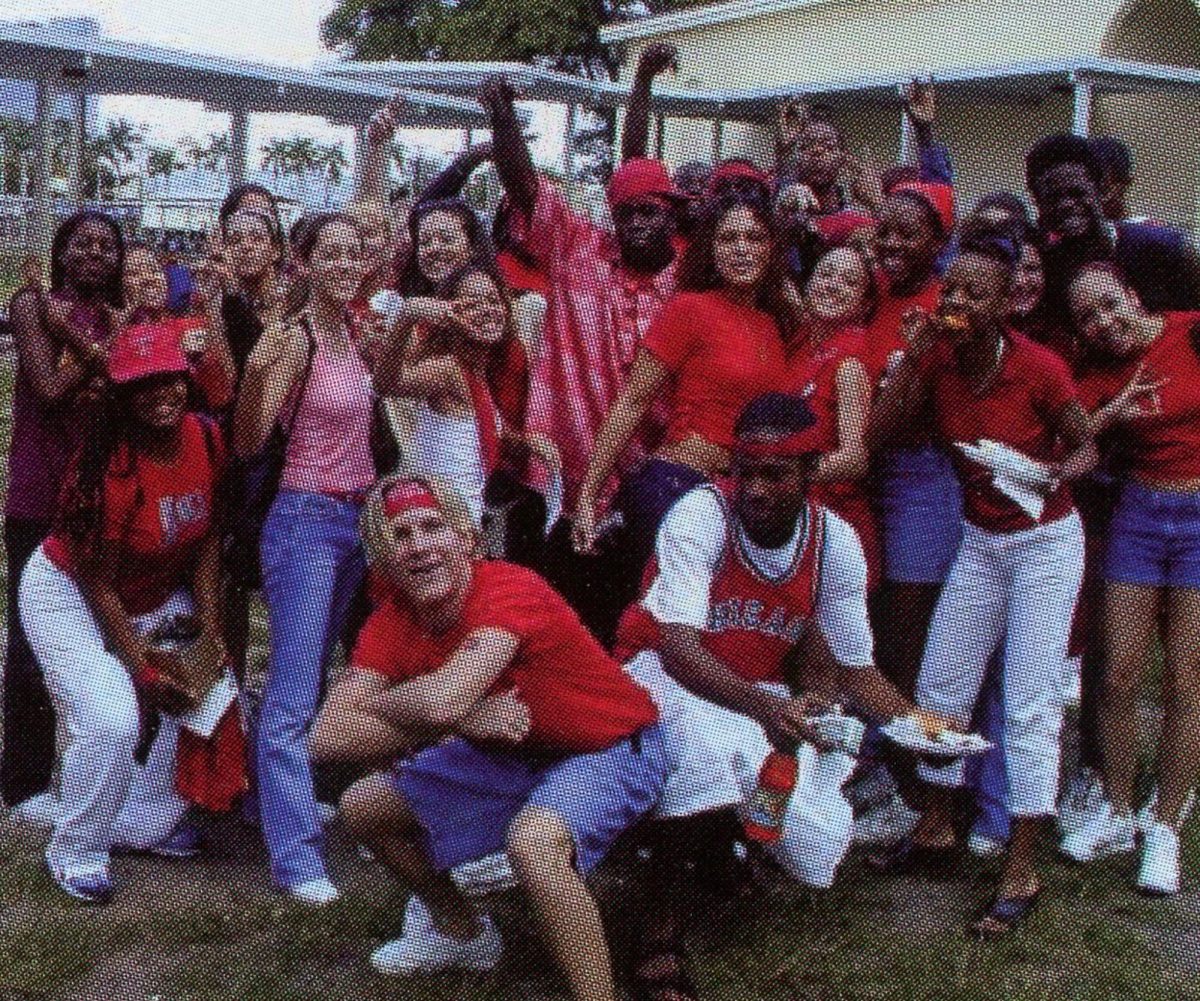
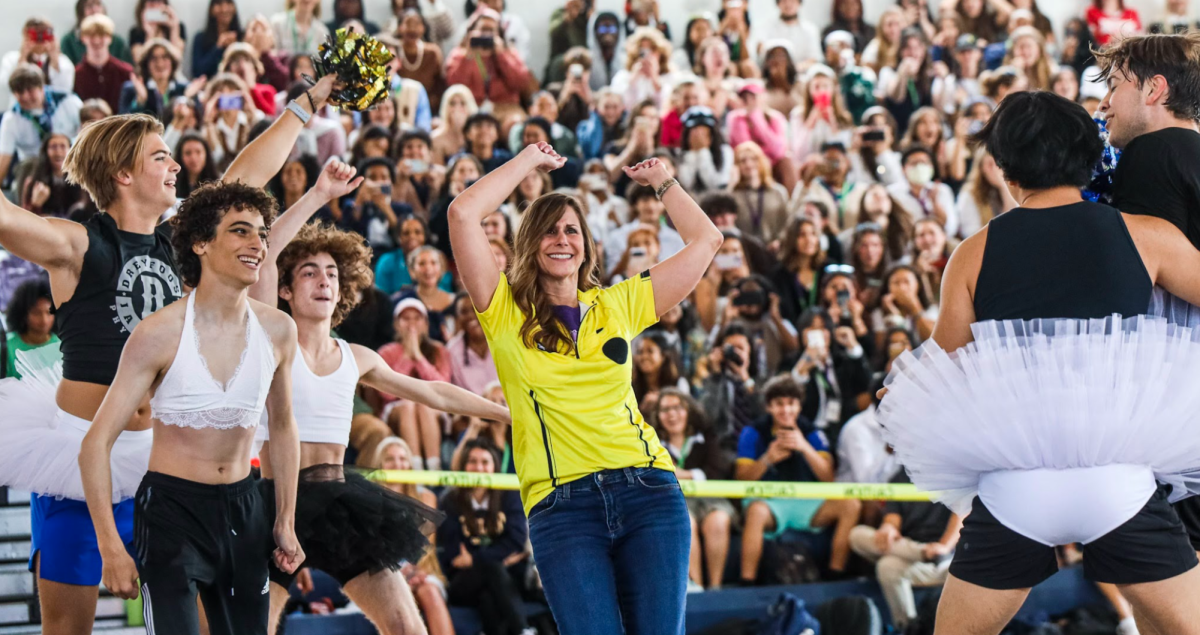

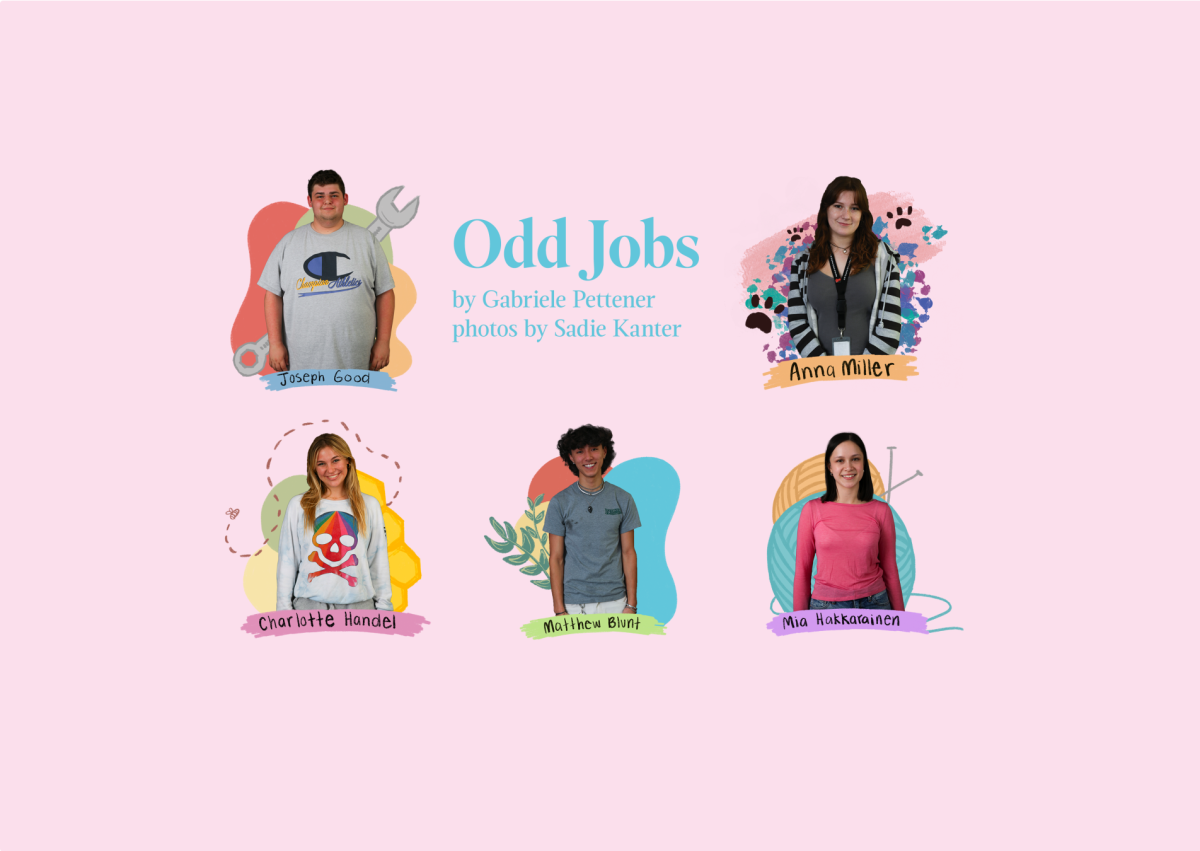
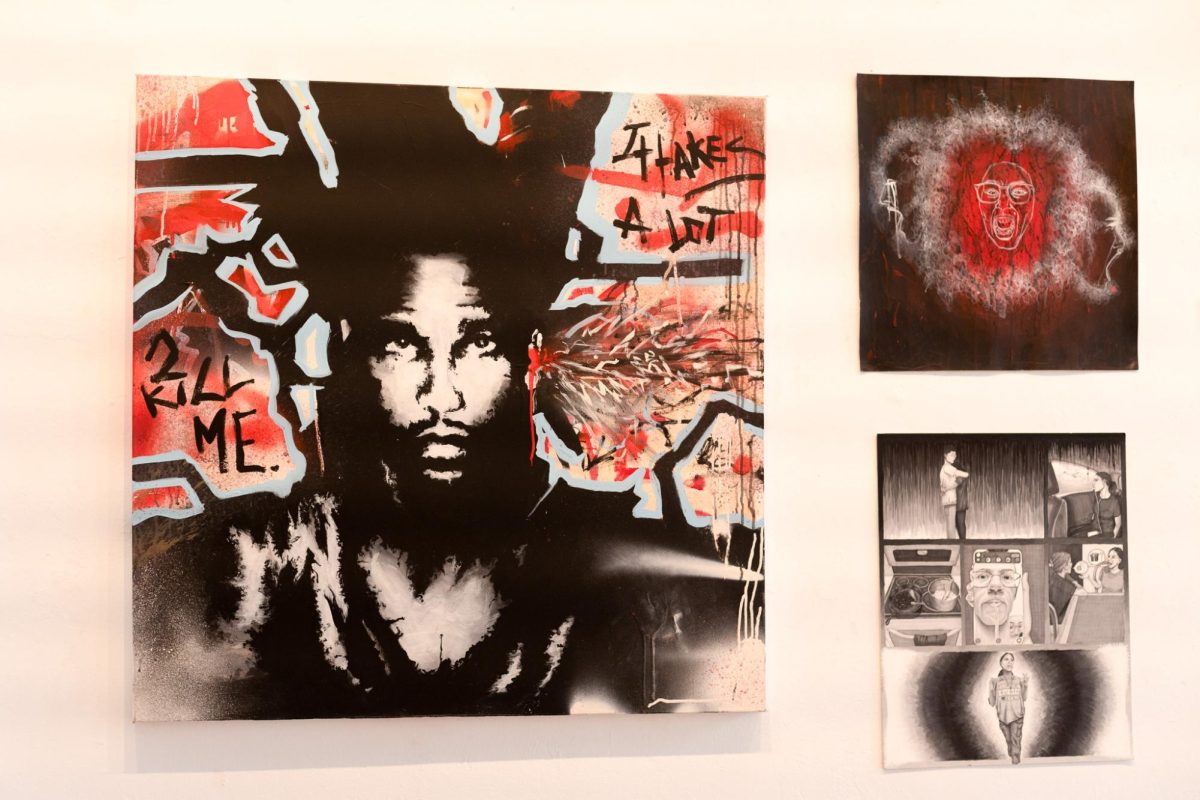


![[SATIRE] Spirit Week: Written in the Stars](https://www.themuseatdreyfoos.com/wp-content/uploads/2024/03/front.png)
